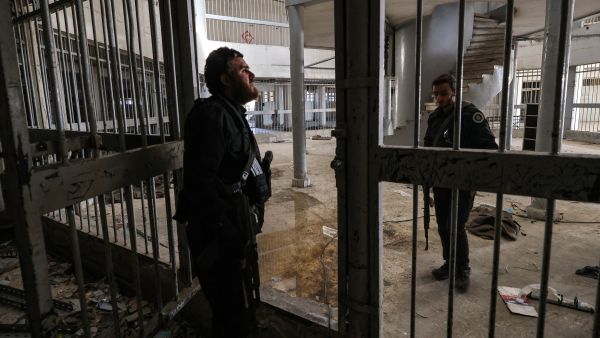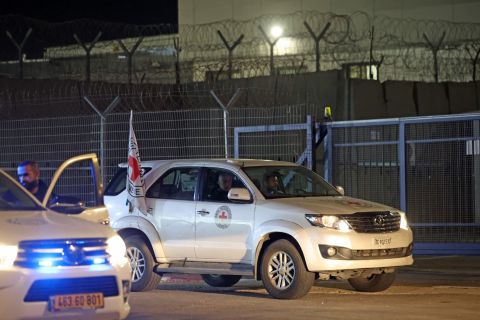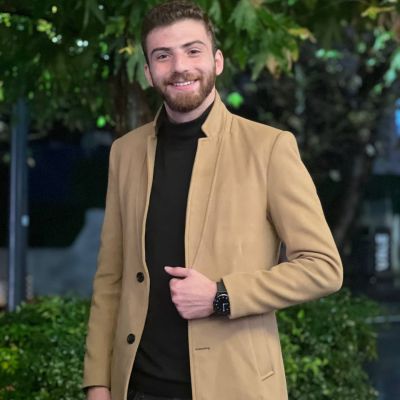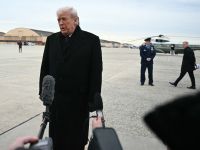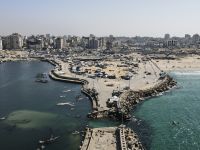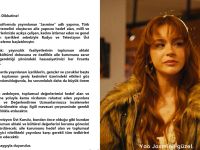ALBAWABA - The removal of murals and inscriptions from previous detention facilities has been denounced by Syrian families and human rights organizations as a willful effort to remove proof of the Assad regime's abuses of human rights.
Detainees at infamous prisons like Sednaya carved the paintings, which are regarded as important documentation of the atrocities committed during decades of totalitarian control.
The latest event in Latakia's political security jail was described as a "serious act of tampering with crime scenes" by the Syrian Detainees Association. The facility's walls were painted over by volunteers from the "Good Hands" organization, which infuriated the relatives of the missing who saw the inscriptions as important historical proof. Numerous people saw the deed as a breach of the victims' memory and an insult to justice.
Human rights activists underlined that the vanished paintings are live testaments to the hardship and tenacity of the captives, not simply written works. Authorities were asked to preserve these locations as historical markers by Jaber Bakir, an expert on Syrian prison methods. "These inscriptions are not mere graffiti but the diaries of those who endured unimaginable suffering," he said.
The destruction, according to the Syrian Detainees Association, is part of a larger pattern of evidence tampering, which also included the removal of official documents and surveillance video during the collapse of infamous prisons like the Palestine Branch and Sednaya.
The "Families for Freedom" organization demanded that the sites be documented and preserved immediately by international involvement. According to activist Rabia Brazi, the paintings represent struggle against dehumanization and a tacit recognition of the humanity of the captives.
Over 112,000 people are still unaccounted for, according to the Syrian Network for Human Rights, with 85% thought to have perished as a result of torture. The Syrian interim administration has been asked by advocacy organizations to preserve detention facilities as archives for legal and historical reasons.



